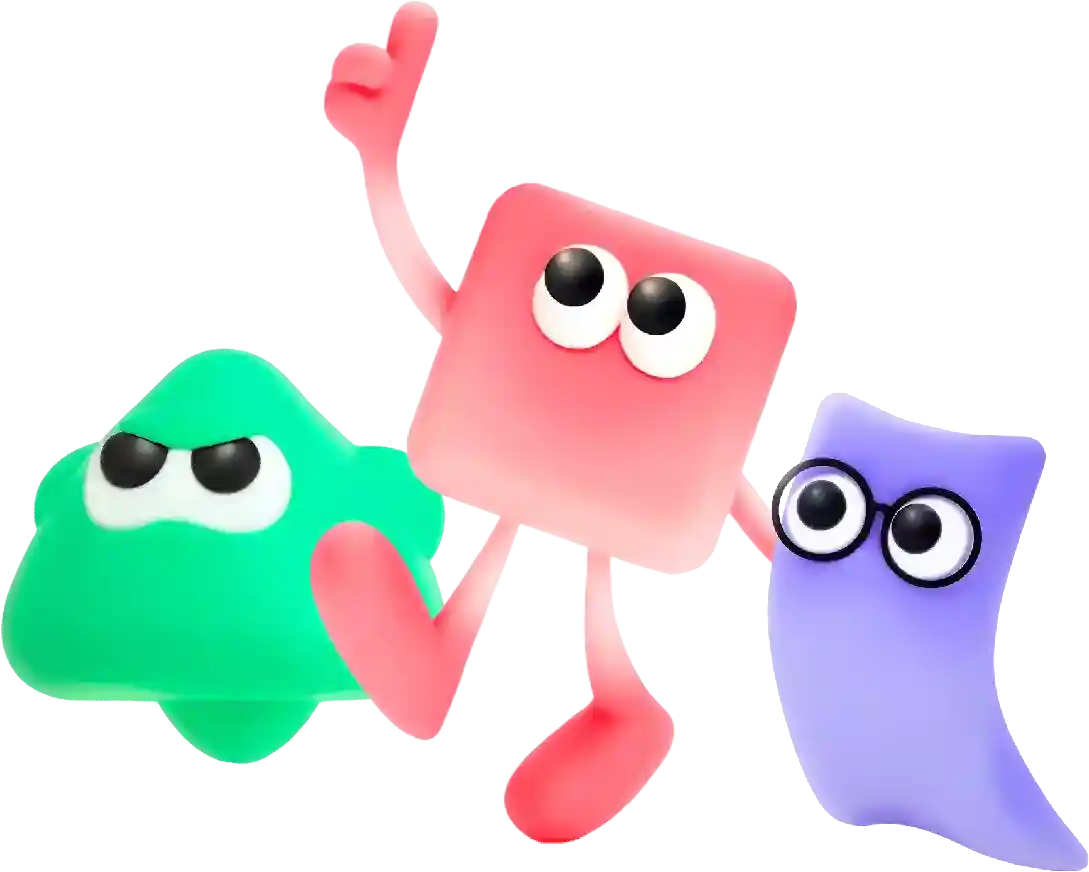What Symbiotic Relationship Is Zebra and Grass
Website Design Process: A Step-by-Step Guide
Zebra and grass have a unique symbiotic relationship that is essential for both of their survival in the African savannah. This relationship highlights the interconnectedness of species in an ecosystem and emphasizes the importance of balance for maintaining a healthy environment.
Zebras are herbivorous animals that primarily feed on grass, which makes up the majority of their diet. Grass, on the other hand, relies on zebras for propagation and dispersal of seeds. This mutualistic relationship benefits both parties and ensures the continuation of their species.
Zebras play a vital role in maintaining the grasslands by grazing on the vegetation, which helps to prevent overgrowth and maintain a healthy balance in the ecosystem. By consuming the upper layers of grass, zebras allow for new growth to occur and create a more diverse habitat for other animals to thrive in. This grazing behavior also helps to prevent wildfires by reducing the accumulation of dry grasses, which can fuel flames during the dry season.
In return, grass benefits from the presence of zebras as they help to disperse seeds through their feces. When zebras consume grass seeds, they pass them through their digestive system, which helps to break down the seed coat and promote germination. This process ensures the spread and growth of new grass plants, which is essential for the regeneration of the savannah ecosystem.
Additionally, zebras play a crucial role in nutrient cycling within the ecosystem. As they graze on grass and other vegetation, zebras excrete waste that contains valuable nutrients such as nitrogen and phosphorus. These nutrients enrich the soil, promoting the growth of healthy grasses and other plants in the area. This cycling of nutrients helps to maintain the overall health of the ecosystem and ensures the sustainability of the savannah environment.
Furthermore, zebras are important prey for predators in the African savannah, such as lions and hyenas. By feeding on grass, zebras provide a food source for these carnivorous animals, which helps to maintain the balance of the food chain and ensure the survival of predator populations. Without zebras, these predators would struggle to find enough food to sustain themselves, leading to a disruption in the ecosystem.
In conclusion, the symbiotic relationship between zebras and grass is a crucial component of the African savannah ecosystem. Zebras rely on grass for their sustenance, while grass benefits from the presence of zebras for seed dispersal and nutrient cycling. This mutually beneficial relationship highlights the interconnectedness of species in an ecosystem and underscores the importance of balance for maintaining a healthy environment. By understanding and appreciating the symbiotic relationship between zebras and grass, we can strive to preserve and protect the delicate balance of the savannah ecosystem for future generations to enjoy.
In conclusion, no code web builders have transformed the web development industry by providing a user-friendly, cost-effective, and efficient solution for building customized websites. This innovative technology has empowered individuals and businesses of all sizes to create professional-looking websites without the need for coding skills or technical expertise. No code web builders offer a wide range of benefits, including time and cost savings, flexibility and customization, user-friendliness, and ease of maintenance. As the demand for no code web builders continues to rise, it is clear that this technology will play a key role in shaping the future of web development.


